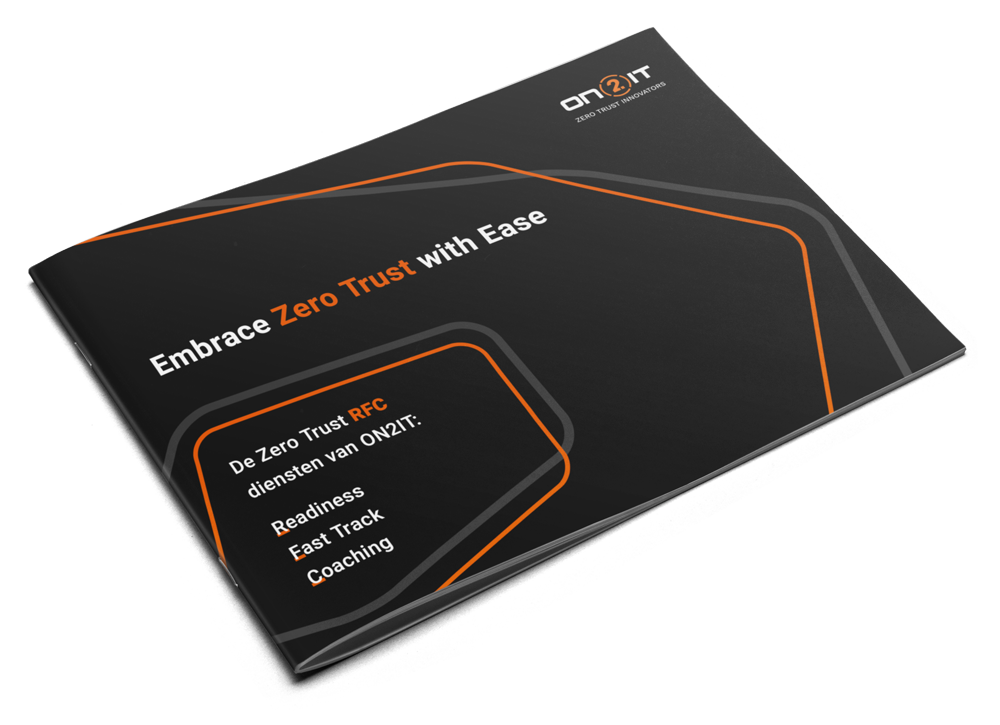In our interconnected digital age, robust cybersecurity is as much about understanding what you’re defending as it is about the intricacies of the defenses themselves. Think of digital assets as a vast castle.

Once the walls were vital, but the true value lies inside with the treasures: data, applications, assets, and services. John Kindervag’s evolution of the Zero Trust strategy emphasized these treasures, introducing the ‘protect surface’ as a focal point.
John Kindervag, the pioneer behind Zero Trust, began with the mantra: “Never trust, always verify.” As this strategy matured, he recognized the need to define precisely what was at risk, leading to the development of the protect surface concept using the DAAS (Data, Applications, Assets, Services) framework.
Robust cybersecurity is as much about understanding what you’re defending as it is about the intricacies of the defenses themselves.
Understanding the Role of Metadata
At its core, an on-prem environment felt tangible; there was a psychological comfort in knowing you can “walk over to” your servers, fostering a sense of direct ownership and control. Cloud, on the other hand, often feels fluid and distant—less physically “owned” even if logically managed.
The traditional static approach to defining and securing these protect surfaces is no longer sufficient in a cloud-first world. Cloud environments, such as Microsoft Azure, are continuously evolving — new services get deployed, configurations change, data moves and applications get updated. All these changes can alter the characteristics (or metadata) of your protect surface.
Here’s where AUXO™’s innovation comes into play. AUXO™, ON2IT’s cloud platform designed for managing Zero Trust environments, has now integrated an API that sources updates from Azure environments directly. In layman’s terms, whenever there’s a change in your Azure setup, AUXO™ gets informed instantly, ensuring that your protect surface’s metadata is always current.

Why Dynamic Metadata Updates Matter
- Immediate Security Adjustments
As environments change, security measures must adapt. With real-time metadata updates, defenses can be recalibrated on the fly, ensuring no vulnerabilities are overlooked due to outdated context. - Consistent Visibility
With ever-evolving digital infrastructures, having a persistent, updated view is crucial. Continuous metadata updates ensure that security teams always operate with the latest data, reducing blind spots and ensuring optimal vigilance. - Faster Incident Response
When breaches or anomalies occur, the depth and accuracy of metadata can make all the difference. With precise, up-to-date metadata, response teams can pinpoint issues faster and strategize more effectively, minimizing potential damage. - Seamless Compliance Management
In regulated industries, compliance isn’t static. As regulations evolve and business operations change, having real-time metadata ensures that compliance checks are both current and comprehensive, reducing the risk of violations. - Business Flexibility
Organizations are dynamic entities. As they pivot, scale, or restructure, their digital footprints change. Dynamic metadata ensures that as business objectives shift, security postures are realigned promptly, ensuring consistent protection.
The evolving landscape of digital security, underlined by the intricacies of on-prem and cloud perceptions, underscores the need for Zero Trust as a guiding strategy. By dynamically updating Zero Trust protect surface metadata, for instance, with integrations like the one with Azure, AUXO™ aims to offer organizations a clear, real-time picture of their most vital digital assets.
This isn’t just about monitoring; it’s about empowering organizations with the knowledge and tools to protect their treasures effectively.
You can find the AUXO™ Provider for Azure here.


